7 Nights / 8 Days

Our representative from Charisma Bhutan Tours & Treks will welcome you at Paro international airport and check in to your hotel.
After lunch visit to following places:
Ta Dzong (national museum), the dzong was built in the mid-17th century as a watchtower overlooking Paro Dzong and the circular dzong houses the National Museum of Bhutan.
Paro Rinpung Dzong, at the bank of Pachu River, Paro Dzong, formally known as Rinchen Pung Dzong was built in 1644 under the command of Zhabdrung Ngawang Namgyal. It is one of the most beautiful and historically important dzongs in the country.
Overnight at hotel in Paro.
After breakfast drive to Capital city of Bhutan (Thimphu).
Tachong Lhakhang (monastery) located on the bank of Paa Chhu River, built in late 1300s by great Tibetan saint Drupthob Thangthong Gyalpo.
Memorial Chorten, it was built in 1974 by Her Majesty the Queen Mother Ashi Phuntsho Choden in memory of her son, Third King Jigme Dorji Wangchuck.
Buddha Statue, facing Thimphu valley down bellow is the worlds’ largest and tallest Buddha statue standing at the height of 169 feet (52m). From here one can have a 360 degree view of Thimphu city.
Textile museum, near National library at Chubachu, it was established in the year 2001. The museum contains Bhutanese textiles, arts, crafts and the royal collections which includes first version of the Raven crown worn by first and second King of Bhutan, dresses and accessories worn by royal family and many more.
Tashichho Dzong, just near bank of the Wangchu River, Tashicho Dzong was built in 1641 by Zhabdrung Ngawang Namgyal and enlarged in 1694 by Gyalse Tenzin Rabgay. Today, the dzong is the seat of the central government, His Majesty the King’s office, and the summer residence of the Central Monastic Body.
Overnight at hotel in Thimphu
After breakfast drive towards northern Thimphu for hike exploring around Thimphu valley and taking a short hike to Tango Monastery.
Tango Monastery, just north of Thimphu opposite Cheri Monastery, approximately 14 km drive from Thimphu and 40 minutes’ walk from the road point.
Simtokha Dzong (fortress), the name Simtokha literally means “Atop a Demon” and the legend associated with the dzong’s construction tells us that it was built in order to subdue an evil spirit that was harassing travelers in the region.
Overnight at hotel in Thimphu.
After breakfast drive towards Punakha via Dochula pass.
Dochula Pass, An hour's drive from Thimphu will take you to this pass (3140 m) where one can have a superb view of the Eastern Himalayas on a clear day with a powerful binocular telescope. Visit the beautiful 108 chortens.
Chimi Lhakhang (Temple of Fertility), famously known for its fertility shrine, where couples unable to concieve come here for blessing.
Punakha Dzong, the dzong is situated on a stretch of a land where two rivers – Phochu and Mochu – meet. The dzong was built by Zhabdrung Ngawang Namgyal in and the first monarch, King Ugyen Wangchuck, was crowned there and it served as the capital of the country until 1955.
Overnight at hotel in Punakha
After breakfast drive towards Phojikha valley which is located east of Punakha is a beautiful and most scenic glacial valley of Bhutan. This valley serves as roosting spot for Black necked crane, one of the rarest and endangered species of bird which migrates during winter months (November, December, January, February) from Tibetan plateaus and northern region of India.
Once reach Phojikha valleys go around for short trail walk and towards evening pay visit to Gangtey monastery.
Overnight at hotel in Phojikha
After breakfast drive towards back to Paro.
On the way to Paro visit Simtokha Dzong, the name Simtokha literally means “Atop a Demon” and the legend associated with the dzong’s construction tells us that it was built in order to subdue an evil spirit that was harassing travelers in the region.
Dochula pass, view the Himalayan Ranges in clear day and fresh air.
Overnight at hotel in Paro
After breakfast drive towards Taktsang base from where the hike begins. Horse riding facilities are available till view point.
Taktsang monastery, the monastery is located 900 m above Paro valley on the face of a rocky cliff. Taktshang is perhaps the most famous monastery in the country. The monastery was named Taktshang after Guru Rinpoche flew there from Kurtoe Singay Dzong (Eastern Bhutan) riding on a tigress to subdue a demon.
Drugyal Dzong, the Dzong was built as one of the principal Dra Dzong (defence dzongs). While some attribute the building of the Dzong to Zhabdrung Ngawang Namgyal in 1649 to commemorate a victory over Tibetan invasion.
Kichu Lhakhang, the temple is one of the two among 108 temples built by Tibetan King Songtsen Gampo in the 7th century to subdue a demon that lay supine across Tibet and Bhutan.
Overnight at hotel in Paro
After breakfast, your guide and driver will see you off at Paro International airport for your onward destinations.
We Guaranteed your Visa Approval
Note:
The following are the details required for processing your Bhutan tourist visa prior to the dates of your travel to Bhutan.
1. Scanned copy of passport
2. Occupation
3. Permanent Address
The visa will be approved by the Tourism Council of Bhutan (TCB) once the full payment is transferred in the Tourism Council of Bhutan account, kindly note that without full payment TCB will not approve the visa clearance.
Entry Permit:
Indian Nationals travelling to Bhutan do not need Visa.
1. Voter Identity Card or
2. Passport or
3. Aadhaar card with supporting documents (Like Pan card or Driving License) with more than six months validity however is required for presentation at the immigration during entry, to obtain an entry permit along with a copy of passport size photograph and a copy of your passport or VIC or Aadhaar Card.
Bhutan Government with the aim to provide efficient and better services to the regional tourists (Indian, Bangladeshi and Maldivian nationals) an online permit system, so all visitors booking their tour with us can get free online permit provided they have valid passports only. Thus our guests don’t need to stand on queue for longer time.
Documents required for Permit:
4. Passport with validity of at least six months
5. Voter Identification Card for Indians
6. Aadhaar Card with supporting Documents.
7. Birth Certificate in original must be produced for children and a photo copy of the same must be attached with a prescribed application form.
Route Permit:
It is required for those traveling to restricted areas beyond Dochula pass. The Route Permit is processed & issued in Thimphu, only after arrival in Bhutan. Permit can be processed only during working days:
(Monday - Friday) 9 am to 5 pm in summer (1st March - 31st October)
(Monday - Friday) 9 am. To 4 pm in winter (1st November - 28th/29th February).
Why Trekking In Bhutan?
Trekking in Bhutan with Charisma Bhutan Tours & Treks is a best way to experience the beauty of inner Himalayas with trekking in Bhutan. Bhutan has been described as the land of natural paradise and ample opportunity to walk or trek in the pristine environment. We offer trekking routes which are unparalleled in beauty and challenge. Trekking in Bhutan means walking through pristine landscapes, valleys and mountains with stunning views of the Himalayan range exposing exotic flora and fauna not seen anywhere in the globe. For the nature trekkers, we offer customized treks for ornithology, zoology and ethnology botany as Bhutan is famous for the large density of animals, birds, medicinal herbs and orchids etc.
We (Charisma Bhutan Tours & Treks) are passionate about trekking trips in Bhutan. We have the unmatched caliber and enthusiasm to unravel the unexplored gems of Bhutan.
If you’ve an adventure lover, you’ll be delighted to discover the unseen rugged side of Bhutan.
Trekking in Bhutan
With the likes of trail that takes you right at the foot of worlds’ tallest unconquered mountain (Gangkar Puensum 7550m), trekking in Bhutan will give you a new experience never like before. With more than 70 percent of the country covered by undisturbed wilderness, trekking in Bhutan will take you ever closer to the nature. These trekking trails once used by famous Buddhist saints like Guru Rinpoche (who introduced Buddhism in Bhutan) in 746 AD while visiting Bhutan from Nepal and Zhabdrung Ngawang Namgyal (the unifier of modern Bhutan) in 1616 while fleeing Tibet for a political dispute, this routes are the genuine routes where Bhutanese people still use it today. What makes trekking in Bhutan unique is its calmness and natural feeling; credit to less numbers of trekkers visiting Bhutan and its natural unpaved trails unlike other countries around the world.
Trekking Permits
No specific trekking permits are required to trek in Bhutan. You can trek in Bhutan with normal tourist visa for international tourist and normal entry permit for regional tourist (Indian, Bangladeshis and Maldivians).
Best season for trekking in Bhutan
The best season to trek in Bhutan depends on which trekking trail you choose to but in general, March, April, May, September, October and November are the best months to trek in Bhutan. In the month of June, July and August Bhutan receives heavy rainfall and in December, January and February, the high mountain passes along the trekking trails are covered with snow, making it difficult for trekkers.
The best season to trek on different trails in Bhutan are as mentioned below:
8. Bumdra Trek - February, March, April, May, September, October, November and December. However one can trek year round despite any season on this trail.
9. Gangtey Trek - March, April, May, September, October, November and December.
10. Samtengang Trek - January, February, March, April, May, September, October, November and December. It’s doable all year round despite any season.
11. Bumthang Owl Trek - March, April, May, September, October, November and December.
12. Bumthang Cultural Trek - March, April, May, September, October, November and December.
13. Sagala Trek - March, April, May, September, October, November and December.
14. Sinchula Trek - March, April, May, September, October, November and December.
15. Druk Path Trek - March, April, May, September, October, November and December. It’s Doable all year round despite its best seasons.
16. Dagala Lake view Trek - March, April, May, September, October, November and December. Despite the best season, one can trek year round on this trail.
17. Jomolhari Trek - March, April, May, September, October and November.
18. Laya Gasa Trek - March, April, May, September, October and November.
19. Gangkar Puensum base camp trek - One can trek on this route from mid June to October but the best recommended month for this trek is October.
20. Snowmen Trek I - One can trek on this route from mid June to October but the best recommended month for this trek is October.
21. Snowmen Trek II - One can trek on this route from mid June to October but the best recommended month for this trek is October.
Different Grading in Trekking
1. Easy
2. Moderate
3. Difficult
4. Very Difficult
Safety considerations
Travel by land
We Charisma Bhutan has in mind set to provide safety and security to our guest with best price of packages. we have packages from standard to Luxury packages too. We Charisma Bhutan is Govt. License travel agent in Bhutan.We are monitor by Tourism Council of Bhutan and Association of Bhutanese Tour Operator, so there is give best service to our guest.we have packages like: Honeymoon packages, Holiday packages, Bird watching tour, Culture tour, Trekking Packages , Biking tour, Photographer Tour,Textile Tour and many more. Read More...
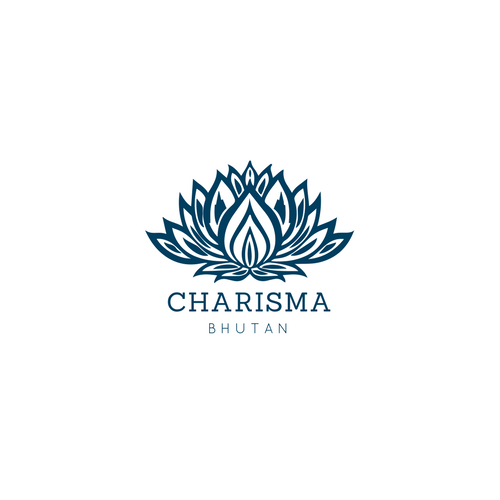
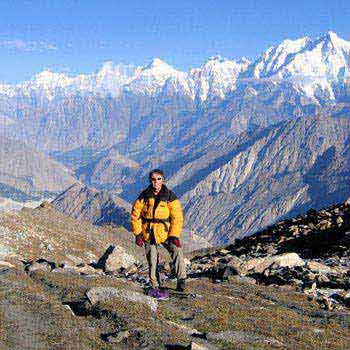 10D/9N
10D/9N
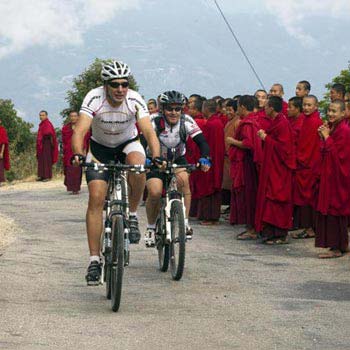 8D/7N
8D/7N
 6D/5N
6D/5N
 1D/0N
1D/0N
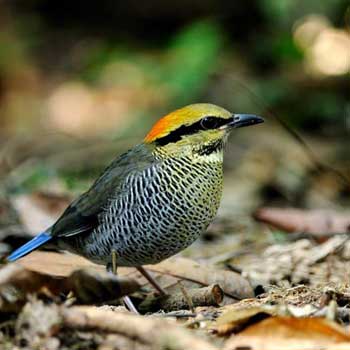 1D/0N
1D/0N
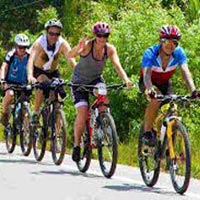 13D/12N
13D/12N
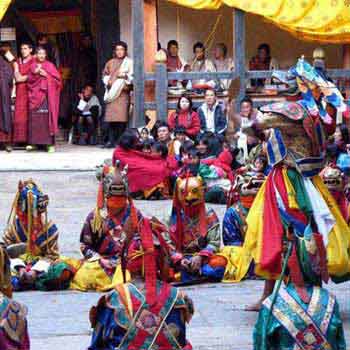 10D/9N
10D/9N
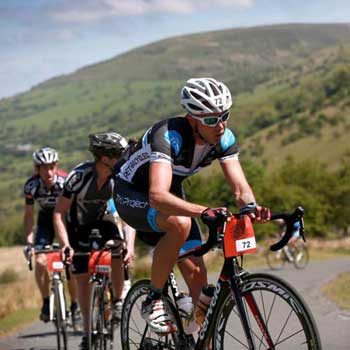 1D/0N
1D/0N
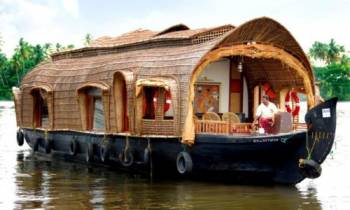 8D/7N
8D/7N
 8D/7N
8D/7N
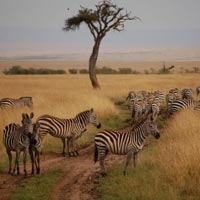 8D/7N
8D/7N
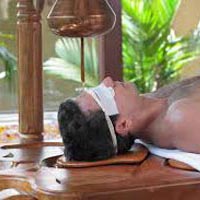 8D/7N
8D/7N
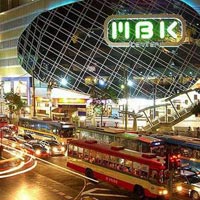 8D/7N
8D/7N
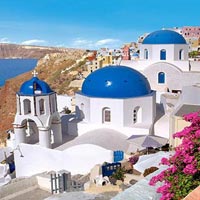 8D/7N
8D/7N
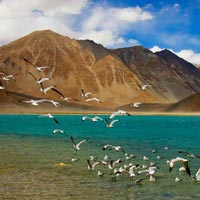 8D/7N
8D/7N
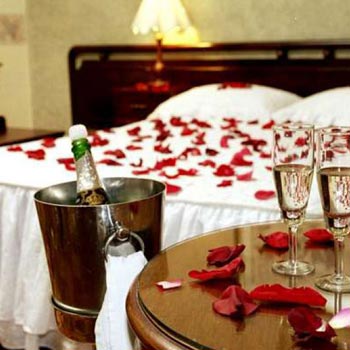 8D/7N
8D/7N
Delhi Shimla Manali Honymoon Package
New Delhi - Shimla - Manali - Chandigarh City
 8D/7N
8D/7N
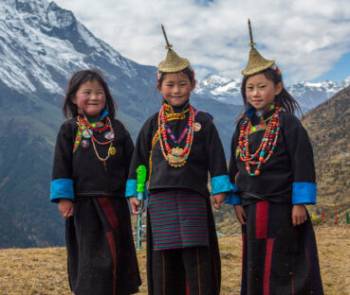 5D/4N
5D/4N
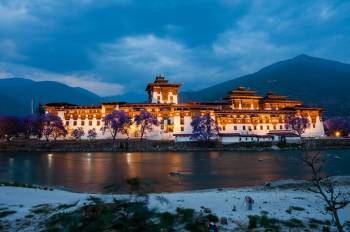 7D/6N
7D/6N
6 Nights/ 7 Days - Bhutan Happiness Tour
Punakha - Bumthang - Paro - Thimphu - Phobjik
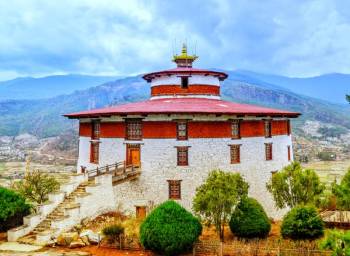 7D/6N
7D/6N
6 Night 7 Day Wonderful Bhutan Tour
Thimphu - Paro - Wangdue Phodrang - Punakha
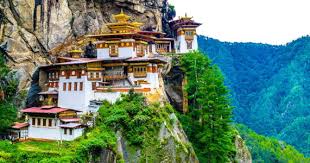 7D/6N
7D/6N
 20D/19N
20D/19N
20 Days Land Package Country Tour Bhutan..
Punakha - Paro - Phuntsholing - Bagdogra - Bumthang - Mongar - Trashigang - Trongsa..
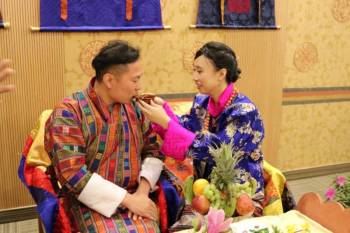 4D/3N
4D/3N
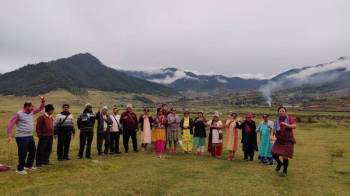 6D/5N
6D/5N
 7D/6N
7D/6N
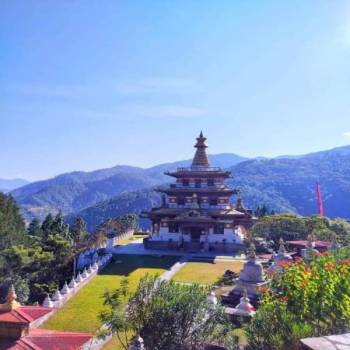 7D/6N
7D/6N
Rimso 7 Days 6 Nights Bountiful Tour fo..
Thimphu - Punakha - Paro - Phuentsholing